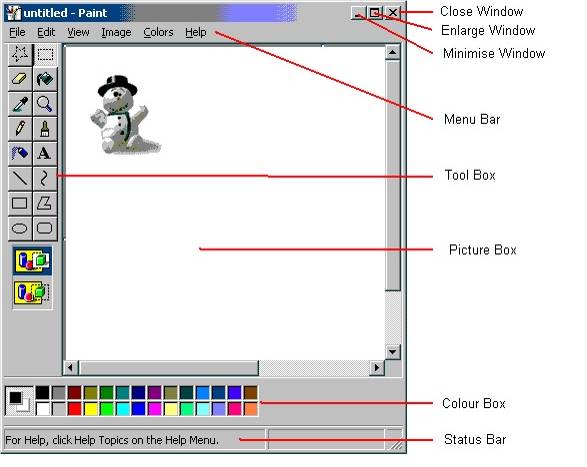
When you're using either of the rakes you can choose to thin your paint depending on the effect you're trying to achieve. Because of it's shape it offers softer edges than a flat rake. It's a flat texturing brush with an oval, naturally fingered shape. The filbert rake is fun for creating hair, beards, feathers, fur, grass and woodgrain. That’s when you’re ready to try all types of paint brushes. For the beginner you only need a few of the most commonly used brushes to start.īut as you develop your craft, you’ll want to start dabbling in all sorts of different ways to paint. And a scroller will be ideally shaped for doing, you guessed it, scroll work.Īs you can see there are so many types of paint brushes. Obviously a short liner will do great for small details like eyelashes. It can be a little difficult to manage in tight curves because it tends to flick out. By the way, using a script liner means you have to have a lot of brush control. The best advice is to try a variety of these types of paint brushes and stick to the ones that feel right for you and the task at hand.Ī script liner has longer hairs than a regular liner, which makes it appropriate for doing fine lettering. The longer the hairs, the more paint and water the brush can carry.

This means that selecting the right liner can be challenging. Another feature of liners is that they come in different lengths and thickness.

These are part of the Round family of brushes. LINER, SCRIPT LINER, LONG LINER, MID-LENGTH LINER,SHORT LINER and SCROLLER Strokework is beautiful so mastering it is worth the time and practice. Learning to use this brush for traditional strokework will provide a very strong foundation for all your painting efforts. This one is invaluable as a teaching tool for perfecting brush control. Mostly they are used for strokework and watercolor. These types of paint brushes come in many sizes The smallest being a 20/0 and climbing all the way up to size #10. So, if you’re painting a realistic rose, consider trying this brush. And it is especially coveted by artists who love to paint roses and flowers because they can get into all those little nooks and crannies. On the very positive side, this is THE brush for doing tight shading and highlighting. This means it will hold less paint and water, so you can’t get good continuous flow. This one is also a Flat but it has an angular chisel or brush tip. They are very good though for blending paint, cleaning up messy edges and for other special techniques.ĪNGULAR, ANGULAR SHADER, ANGLE FLAT and ROSE PETALĪ brush by any other name. These types of paint brushes won’t hold enough paint for doing flowing strokes.

#Parts of a paintbrush how to
Take a look at my video tutorial on how to use a Filbert.Īlso a part of the Flat family of brushes, the hairs here are much shorter. And lastly, because of its shape it’s perfectly suited for doing leaves, flower petals and bird feathers. And because it can hold a fair amount of water, it’s also great for applying washes of color. It can be used for side-loading similarly to a flat brush to create shades and highlights. When you look at the brush from the chiseled edge, the hairs should form an even oval edge.Īs a tool for basecoating, these types of paint brushes can't be beat! The shape of the hairs eliminates ridges.

You’ll use them for basecoating, floating, strokework, blending, washes and varnishing.Ī filbert is a flat brush but it has a chiseled rounded edge instead of a straight one. We hope you'll find the information useful.įlats are the types of paint brushes you’ll use the most often in your painting projects. Thanks to Heinz Jordan & Company™ as well as Loew Cornell™ for supplying images of their fine line of art paint brushes. All types of paint brushes are featured here as well as a brief description of their main purpose.


 0 kommentar(er)
0 kommentar(er)
